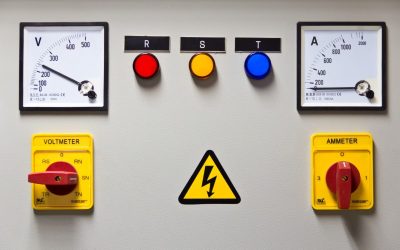In cities and municipalities across the United States, it is estimated that approximately 3.2 billion kilowatt-hours of power are required to operate traffic signals alone. This is one of the top energy consumption systems in urban areas around the country. Finding ways to save money without compromising road safety is a critical concern.
One way that any size of town, city or municipality can save money on traffic light operation is to switch from traditional types of incandescent bulbs to LED signal lights. Each of the LED lights will use about 10 percent of the energy used by the traditional bulbs, which is an energy and cost savings of 90%.
In addition to just saving on the cost of energy, there are several other reasons why LED signal lights are becoming the light of choice in both major cities as well as smaller towns across the country.
Battery Backup
As LED signal lights use less power, they can be operated for extended periods of time on battery backup systems. These can be installed with the lights or to the converted LED signals, providing up to 24 hours or more of continual traffic signals in the event of a power outage.
Additionally, they can also be operated or backed up using solar panel systems. Their low energy draw makes them an ideal choice for this sustainable, environmentally friendly and high-efficiency power option.
Longer Life Cycle
The typical LED bulb in a traffic signal will last fifty times longer than the incandescent bulbs that are used traditionally in these lights. The typical life cycle for the LED bulbs is 100,000 hours of use, which decreases the cost of constantly having to replace bulbs.
At the same time, fewer burnt out bulbs also results in greater signal functioning without the associated safety hazards that occur when the all of the lights are not fully functioning.



